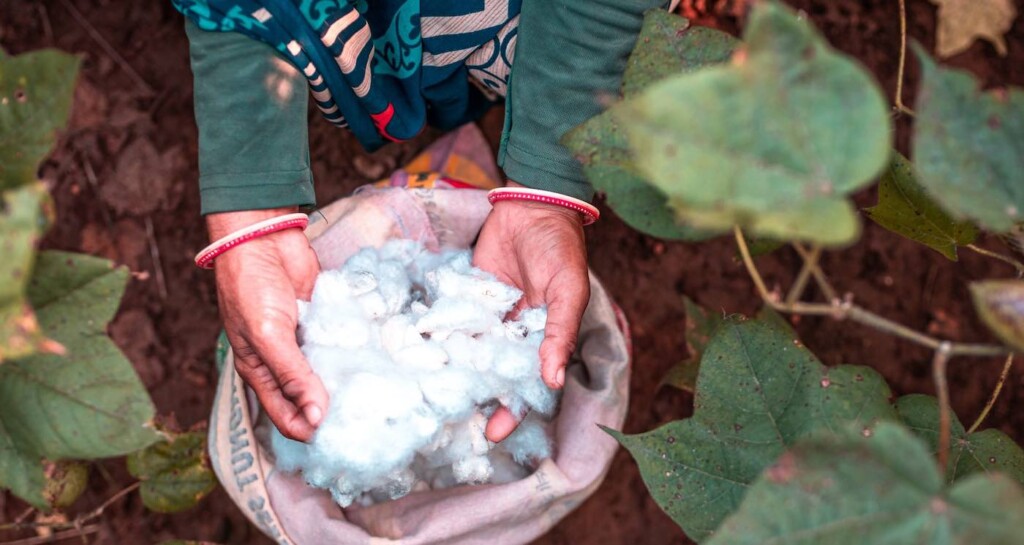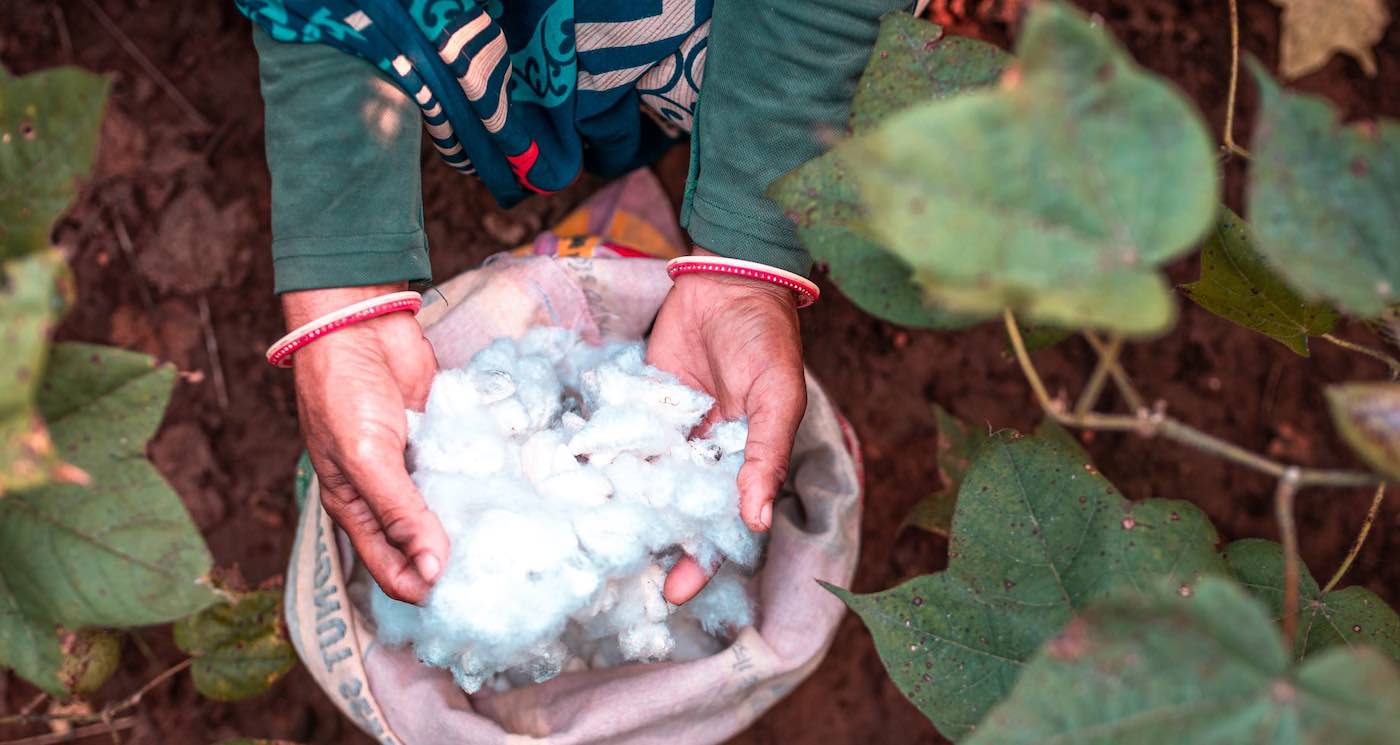
It’s everyone’s favorite fabric—and over the last decade it’s become way more sustainable.
Better Cotton just published a major annual impact report highlighting significant progress in India that has slashed pesticide and water use, while making improvements to farmers’ livelihoods.
The world’s largest cotton sustainability initiative charted the performance of Indian farmers from 2014 to 2022 and found overall pesticide use decreased 53%—with water usage dropping by nearly one-third.
Enrolled in the Better Cotton Program, almost a million farmers also saw their costs reduced by 15.6% per hectare of land (equal to about 2.5 acres), since the group launched its India operation in 2011.
The report shows a dramatic reduction in the use of pesticides and highly hazardous pesticides (HHPs) by Better Cotton Farmers as a result of the adoption of capacity strengthening trainings on an Integrated Pest Management (IPM) and the delivery of effective awareness campaigns.
HOO’s KILLING IT? California Vineyards That Once Used Only Toxic Chemicals to Protect Vines Now Use Nesting Owls
Specifically, the number of farmers using HHPs was cut from 64% to 10%, whilst those using Monocrotophos – a pesticide classed as highly toxic by the World Health Organization – dropped from 41% to just 2%.
Water usage for irrigation was reduced by 29% between the baseline years and the 2021/22 season. Nitrogen application – which drives greenhouse gas emissions in cotton production when used excessively – decreased by 6% per hectare.
On farmer livelihoods, the total costs per hectare (excluding land renting) decreased by 15.6% and was driven by expense reductions for land preparation and fertilizer expenses. In 2021, Better Cotton Farmers also had an average cotton lint yield per hectare of 650 kilograms, which is 200kg per hectare more than the national average.
As the organization turns its focus from expansion to deepening impact, the report serves to celebrate progress and identify any gaps so they can continue making a positive difference for the cotton-growing communities.
Since the first Better Cotton harvest in India in 2011, the Asian country has also been a pioneering force within the worldwide organization.
RELATED: U.S. EPA Banning a Farm Pesticide Linked To Health Problems In Children
“We’re buoyed by the results in this Impact Report, which demonstrate the environmental, social, and economic benefits of Better Cotton production, and remain committed to driving further improvements at the farm-level,” said Alan McClay, the Better Cotton CEO.
Over one-fifth of the world’s cotton is now grown under the Better Cotton Standard, with 2.9 million farmers in 23 countries receiving training on sustainable farming practices, and 2.2 million farmers earning Better Cotton licenses.
MORE FROM ASIA: Bangladesh Farmers Digging Simple Wells Have Created an Irrigation Wonder–With Rice Overflowing
“We have united the industry’s stakeholders behind our efforts, from ginners and spinners to brand owners, civil society organizations and governments. Everyone who cares about cotton and its sustainable future can now be part of something better.”
PULL SOME THREADS to Adjust Attitudes About Cotton–Share on Social Media…




















